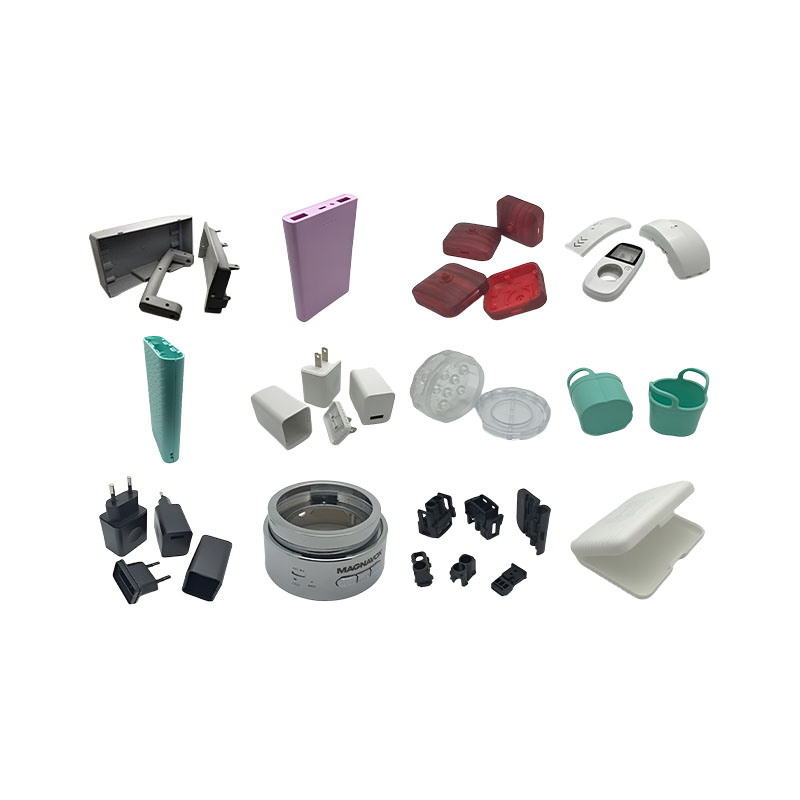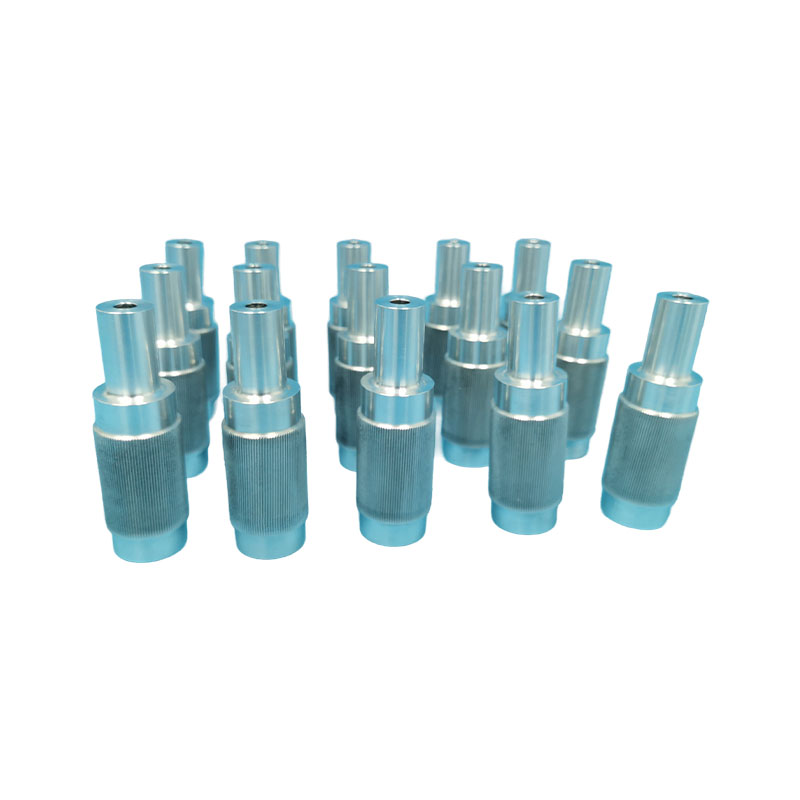Easily replicate complex shapes with silicone molds!
Release Time : 2025-10-23
In modern crafts, art, and even small-scale manufacturing, replicating intricate and intricate shapes has always been a challenging task. Traditional mold-making methods are often time-consuming and labor-intensive, and struggle to perfectly reproduce details. However, advances in materials science have revolutionized this landscape with the advent of silicone mold technology. Now, silicone molds make it easy to precisely replicate complex shapes, freeing creativity from technical limitations.
1. Unique Advantages of Silicone Molds
Silicone's popularity as a preferred material for mold making stems from its exceptional physical and chemical properties. First, silicone offers exceptional flexibility. Even after curing, it remains soft, easily embracing prototypes with deep grooves, sharp angles, or complex curves. For demolding, simply flex the mold and the finished product can be removed intact without damaging the prototype or replica—a feature unmatched by rigid molds. Second, silicone offers exceptional replication accuracy. It perfectly captures every texture, scratch, and even fingerprint on the prototype's surface, ensuring the replica is virtually identical to the original. This is crucial for replicating artworks, restoring cultural relics, or manufacturing precision parts that require a high degree of fidelity. Furthermore, silicone exhibits excellent chemical stability, is heat-resistant, and age-resistant, and is non-reactive with most materials used for casting, ensuring a smooth casting process.
2. Simple Silicone Mold Making Process
The silicone mold making process is simple and even beginners can master it quickly. First, prepare a clean, oil-free prototype and secure it to a flat base. To prevent the silicone from flowing, create a mold frame using clay or plastic sheets. Next, mix the silicone and curing agent in the correct proportions according to the instructions. This step is crucial; an incorrect ratio will prevent the silicone from curing or degrade its performance. Stir thoroughly to remove air bubbles. If possible, use a vacuum degassing machine for a smoother mold surface. Then, slowly pour the mixed silicone into the mold frame, starting at the lowest point of the prototype and allowing the silicone to flow naturally to cover the entire surface, minimizing the formation of air bubbles. Once the silicone has fully cured, carefully remove the mold frame and base and peel the silicone mold from the prototype. This creates a soft, flexible, negative mold ready for replication.
3. Wide Range of Applications
Silicone molds have a wide range of applications. In the art world, sculptors use them to mass-produce small sculptures. In jewelry design, designers can create identical prototypes of earrings, pendants, or rings using silicone molds. In the baking industry, silicone molds have long been a standard tool for creating shaped cakes, chocolates, and candies, favored by chefs for their high-temperature resistance and easy mold release. Silicone molds also play an irreplaceable role in model making, special effects makeup, and industrial prototyping. For example, film prop artists often use silicone molds to create realistic fake skin, scars, or armor parts, while engineers use them to quickly replicate functional prototypes for testing. For home DIY enthusiasts, silicone molds are a great helper for unleashing creativity—from homemade soaps and candles to personalized resin jewelry, they can easily be realized.
The widespread adoption of silicone mold technology has made replication easier and more efficient than ever before. It not only lowers the barrier to creation but also greatly expands design possibilities. With just one prototype, highly consistent products can be produced endlessly. This not only saves time and costs but also makes personalized, small-batch customization a reality. In the future, as silicone materials continue to evolve, their application prospects will be even broader.
1. Unique Advantages of Silicone Molds
Silicone's popularity as a preferred material for mold making stems from its exceptional physical and chemical properties. First, silicone offers exceptional flexibility. Even after curing, it remains soft, easily embracing prototypes with deep grooves, sharp angles, or complex curves. For demolding, simply flex the mold and the finished product can be removed intact without damaging the prototype or replica—a feature unmatched by rigid molds. Second, silicone offers exceptional replication accuracy. It perfectly captures every texture, scratch, and even fingerprint on the prototype's surface, ensuring the replica is virtually identical to the original. This is crucial for replicating artworks, restoring cultural relics, or manufacturing precision parts that require a high degree of fidelity. Furthermore, silicone exhibits excellent chemical stability, is heat-resistant, and age-resistant, and is non-reactive with most materials used for casting, ensuring a smooth casting process.
2. Simple Silicone Mold Making Process
The silicone mold making process is simple and even beginners can master it quickly. First, prepare a clean, oil-free prototype and secure it to a flat base. To prevent the silicone from flowing, create a mold frame using clay or plastic sheets. Next, mix the silicone and curing agent in the correct proportions according to the instructions. This step is crucial; an incorrect ratio will prevent the silicone from curing or degrade its performance. Stir thoroughly to remove air bubbles. If possible, use a vacuum degassing machine for a smoother mold surface. Then, slowly pour the mixed silicone into the mold frame, starting at the lowest point of the prototype and allowing the silicone to flow naturally to cover the entire surface, minimizing the formation of air bubbles. Once the silicone has fully cured, carefully remove the mold frame and base and peel the silicone mold from the prototype. This creates a soft, flexible, negative mold ready for replication.
3. Wide Range of Applications
Silicone molds have a wide range of applications. In the art world, sculptors use them to mass-produce small sculptures. In jewelry design, designers can create identical prototypes of earrings, pendants, or rings using silicone molds. In the baking industry, silicone molds have long been a standard tool for creating shaped cakes, chocolates, and candies, favored by chefs for their high-temperature resistance and easy mold release. Silicone molds also play an irreplaceable role in model making, special effects makeup, and industrial prototyping. For example, film prop artists often use silicone molds to create realistic fake skin, scars, or armor parts, while engineers use them to quickly replicate functional prototypes for testing. For home DIY enthusiasts, silicone molds are a great helper for unleashing creativity—from homemade soaps and candles to personalized resin jewelry, they can easily be realized.
The widespread adoption of silicone mold technology has made replication easier and more efficient than ever before. It not only lowers the barrier to creation but also greatly expands design possibilities. With just one prototype, highly consistent products can be produced endlessly. This not only saves time and costs but also makes personalized, small-batch customization a reality. In the future, as silicone materials continue to evolve, their application prospects will be even broader.







